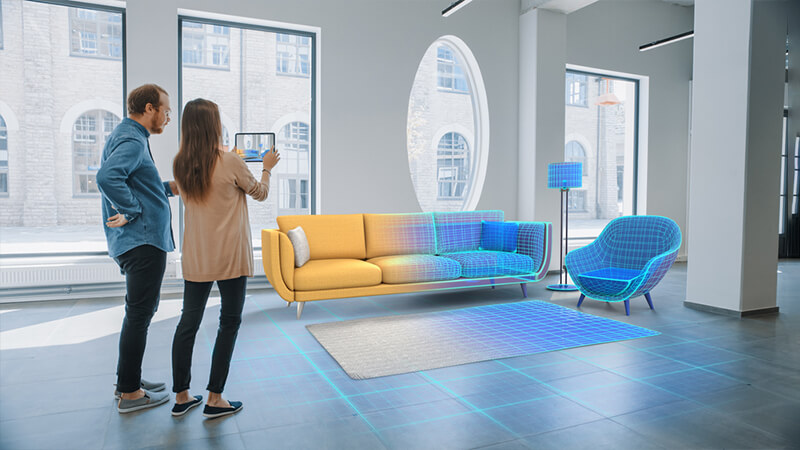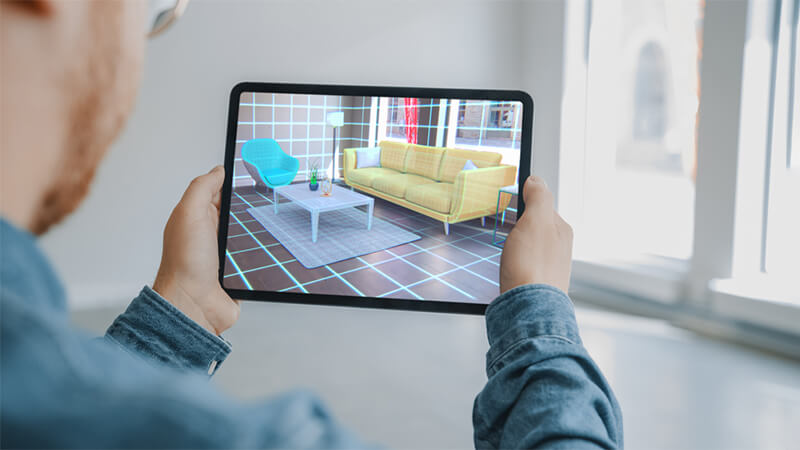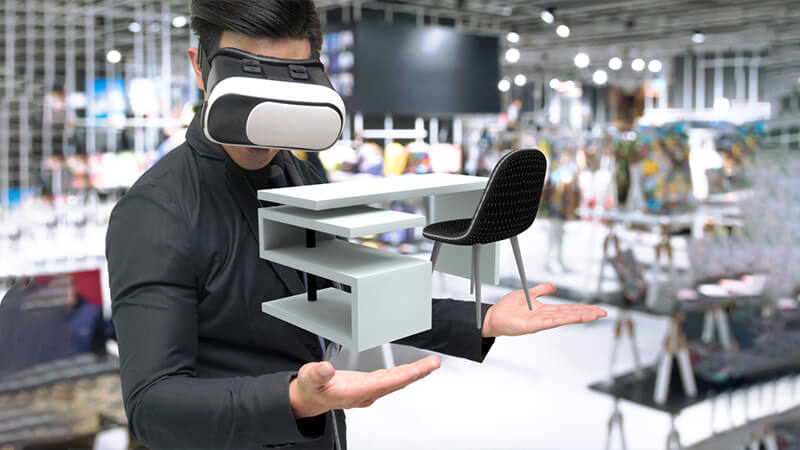Interior design, like many other fields, has evolved significantly with the advent of digital technologies. At the forefront of this evolution are Augmented Reality (AR) and Virtual Reality (VR), two technologies that have proven to be game-changers in the industry. This article delves into the integration of AR/VR in interior design and how it reshapes our approach to home improvement in ways that enhance human creativity and interaction.
AR/VR: A New Era for Interior Design
Traditionally, interior design has relied on sketches, 3D models, and imagination to bring design concepts to life. AR and VR are revolutionizing this process by providing immersive, interactive experiences that transform the way designers and homeowners visualize and create spaces.
AR: Visualize the Future
AR allows users to superimpose digital images onto their real-world surroundings, offering an efficient and interactive way to visualize design elements. Through AR applications, homeowners can virtually place furniture, experiment with different paint colors, or visualize new flooring in their existing space. This hands-on experience enables users to make informed decisions and experiment freely, ultimately creating a space that aligns with their taste and comfort.
For designers, AR provides an efficient tool to present and modify their design proposals interactively. It aids in reducing the gap between a designer’s vision and a client’s understanding, ensuring a smoother design process.
VR: Step into Your Dream Space
While AR provides an overlay of digital elements onto the real world, VR takes users into a completely immersive environment. VR can create a lifelike simulation of a proposed design, allowing both designers and homeowners to “walk” through the space before any physical changes are made.
VR offers a sense of scale and depth that 2D representations cannot provide. It makes design reviews more effective as the users can evaluate the space from different angles and perspectives, providing a thorough understanding of the design.
Humanizing Design with AR/VR
The integration of AR and VR in interior design is about more than just technological advancement; it is about enhancing the human experience of design. These technologies empower homeowners by placing the design process directly in their hands, enabling them to play an active role in shaping their living spaces. This not only encourages creativity but also ensures that the end result is a space that truly reflects the individual’s personality and needs.
For designers, AR/VR offers a unique way to understand and cater to their clients’ needs. By immersing clients in their proposed designs, they can gain immediate feedback and understand their clients’ perspectives better, leading to designs that are closely aligned with the clients’ visions.
Future Perspectives
As AR and VR technologies continue to advance, their potential applications in interior design are vast. We can anticipate more sophisticated AR apps that allow for more detailed design visualization and customization, and VR experiences that provide even more immersive and realistic representations of designed spaces.
However, as with all technology, it is crucial to maintain a human-centered approach. The goal of integrating AR/VR in interior design should not be to replace traditional design methods but to enhance them, offering tools that empower users and encourage creativity and satisfaction in the design process.
In conclusion, the incorporation of AR and VR in interior design is not just a trend; it’s a significant step towards a more interactive, personalized, and humanized approach to home improvement. As we move forward, it is exciting to imagine how these technologies will further transform interior design. Nevertheless, we must always remember that the heart of interior design lies in creating spaces that resonate with the people who live in them. No matter how advanced our technology becomes, it must always serve to enhance, not overshadow, the human experience of home.



